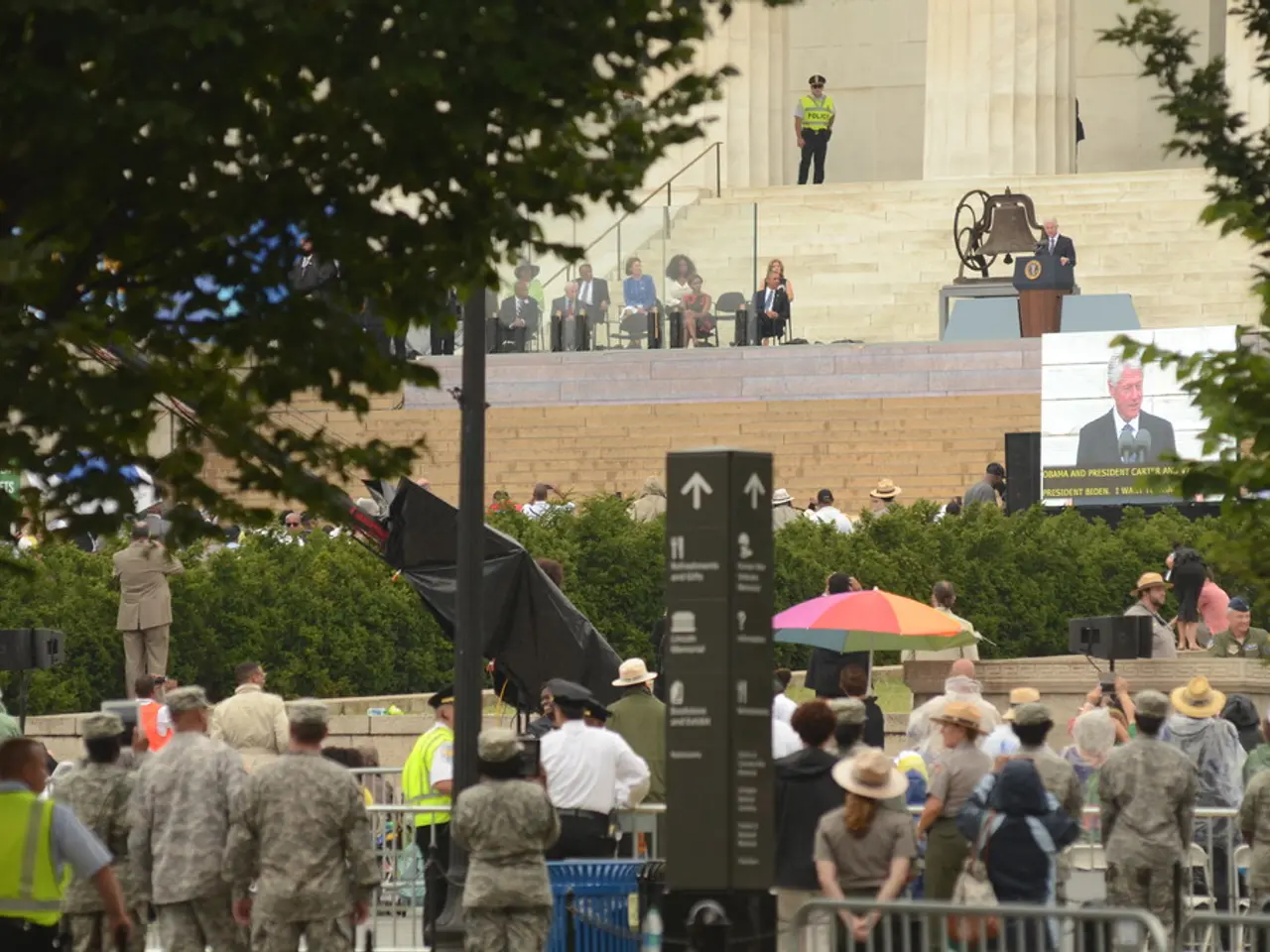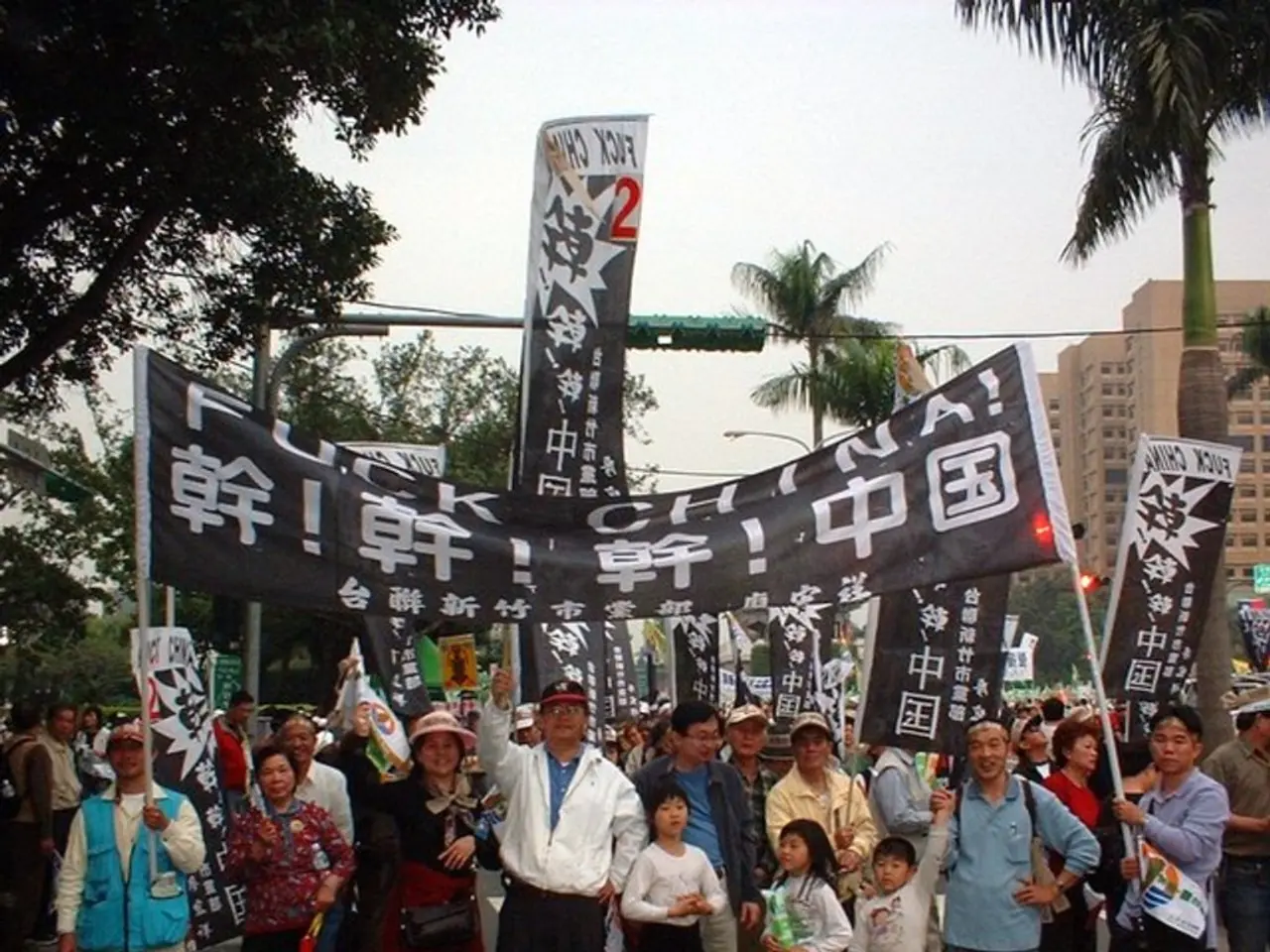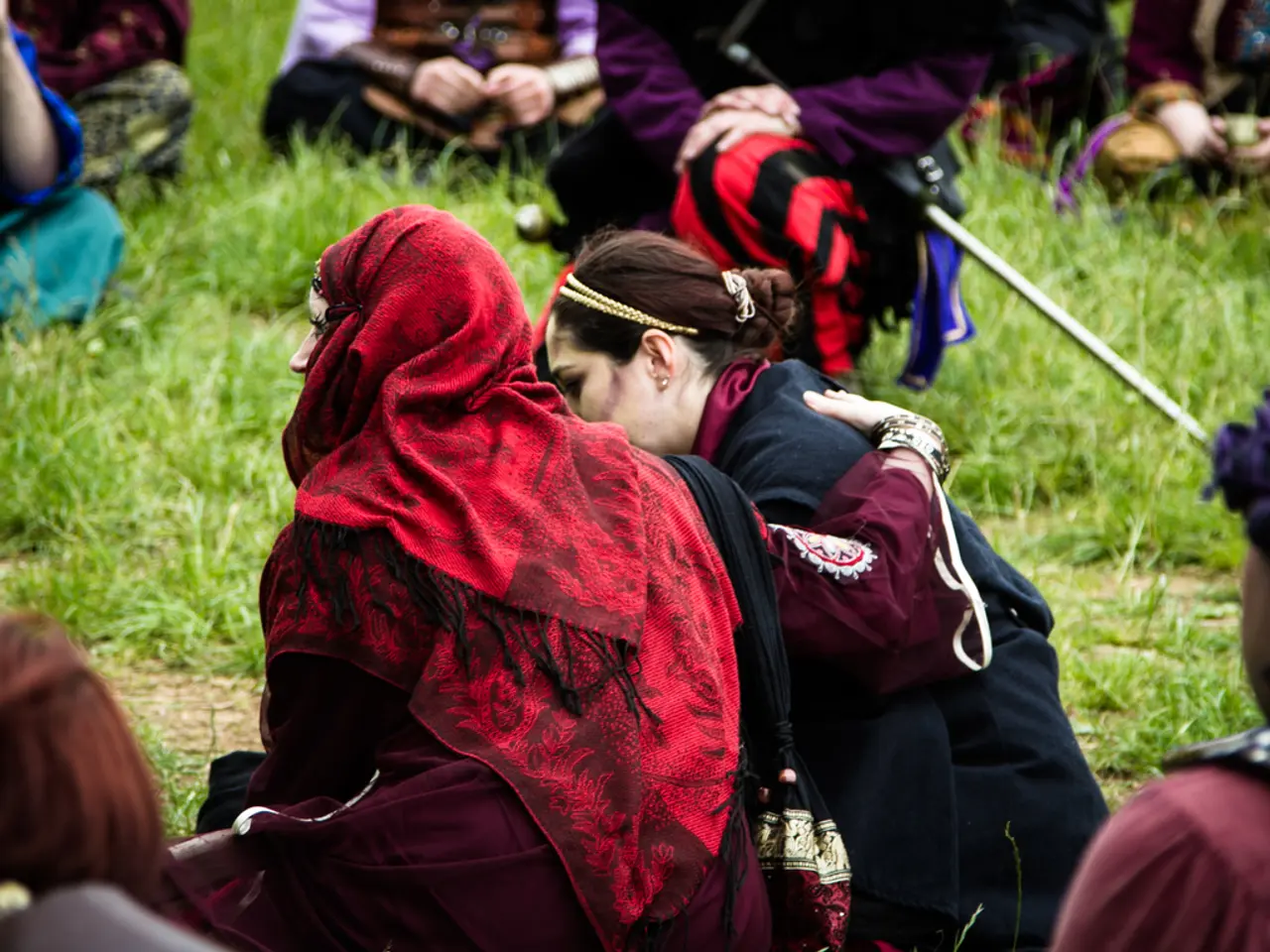The Fall of the Roman Empire Led to Its Subsequent Fate
Rome, a city that has long been a center of religion and culture, found itself in a period of decline following the fall of the Western Roman Empire in A.D. 476. The city, once the capital of the mighty empire, was now contested by various powers vying for control.
The Western Roman Empire, which had faced multiple invasions during the fifth century, officially ceased to exist when the last Western emperor, Romulus Augustulus, was deposed by Odoacer, a Germanic warrior. Odoacer, however, did not claim the imperial title but acknowledged the Eastern Roman Emperor as a diplomatic gesture.
In the century that followed, Rome was a city under siege. Between 488 and 493, Odoacer was defeated by Theodoric, leader of the Ostrogoths, who ruled Rome and Italy. Theodoric, known for his patronage of the city, funded public games, maintained monuments, and even provided free or subsidized grain.
However, Rome's population was in decline. Natural disasters, health crises, famines, global cooling, and outbreaks of the bubonic plague took a heavy toll. The city's population, which had been around 1 million people in the fourth century, dropped to around 80,000 by the early sixth century and fell much lower by the end of the century. Enslaved people made up part of Rome's population during this period.
The city was not abandoned entirely, but it was a shadow of its former self. Historical records suggest that Rome might have been temporarily abandoned for 40 days in A.D. 547, although modern historians consider this an exaggeration.
The control of Rome shifted several times between Justinian's troops and Ostrogoth forces in the mid-sixth century. Justinian's troops finally recaptured Rome for the final time in A.D. 554, and the city came firmly under the control of the Byzantine Empire.
Despite the hardships, Rome retained its cultural significance and some urban functions. Monuments were maintained under the Ostrogothic Kingdom, and the city continued to host games in the circus and colosseum.
In conclusion, Rome after the fall of the Western Roman Empire was no longer the center of an empire but remained a significant urban and political center contested by new powers on the Italian peninsula. The city's resilience and ability to maintain some of its cultural and urban functions despite the challenges mark a testament to its enduring spirit.
[1] Historians' References for further reading.
After the fall of the Western Roman Empire, Rome's political landscape drastically changed, becoming a contested city amidst war-and-conflicts between various powers vying for control. The city's decline was exacerbated by politics, with powers such as the Ostrogoths and Byzantine Empire claiming rule over Rome in a series of shifts.
As Rome remained significant as a center for culture and urban functions, it became a battleground for politics and war-and-conflicts, showcasing the city's resilience amidst the changes and challenging times.







